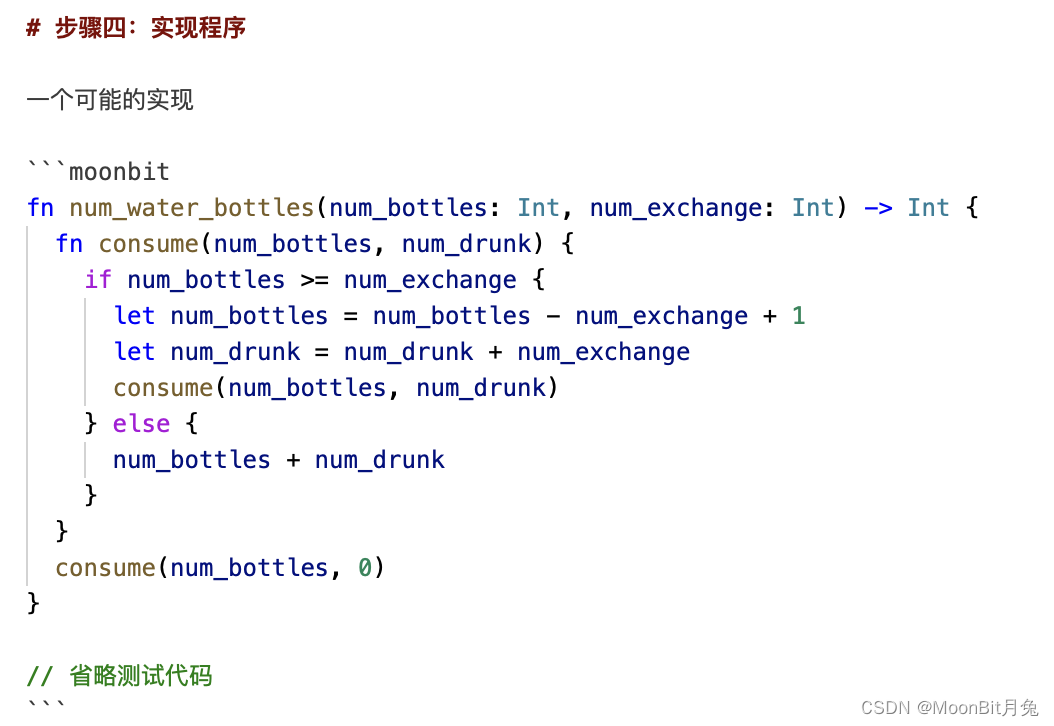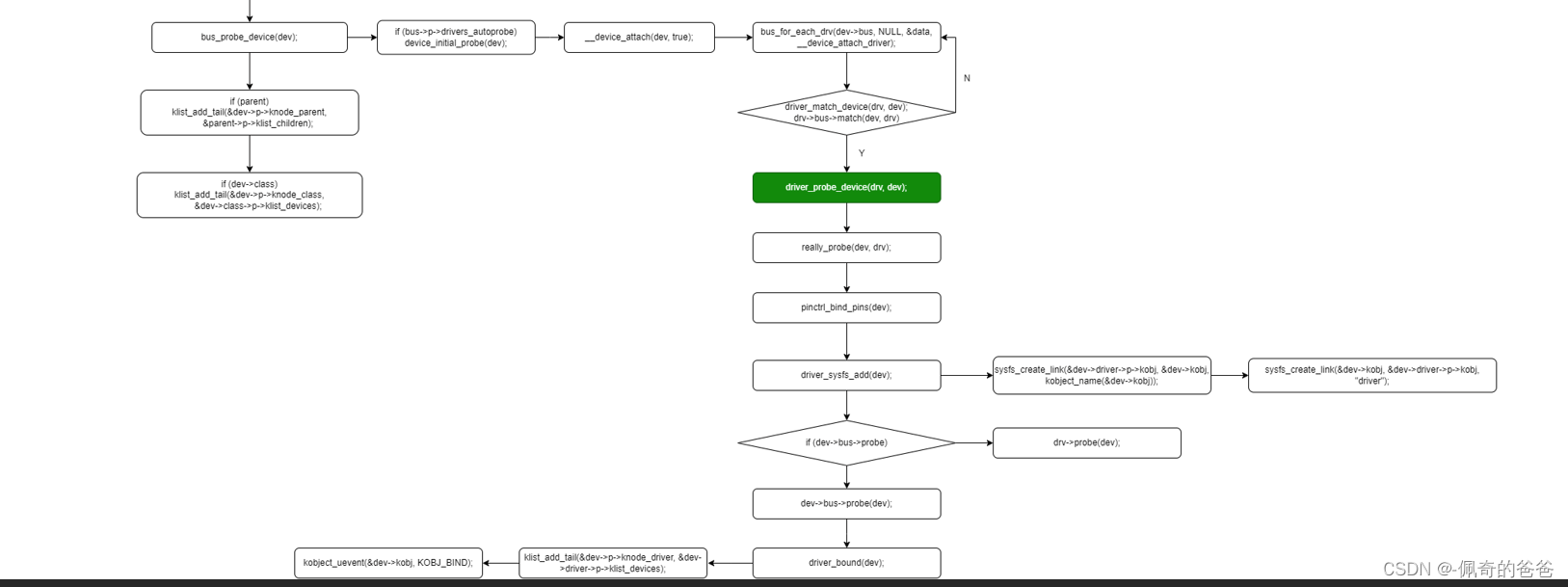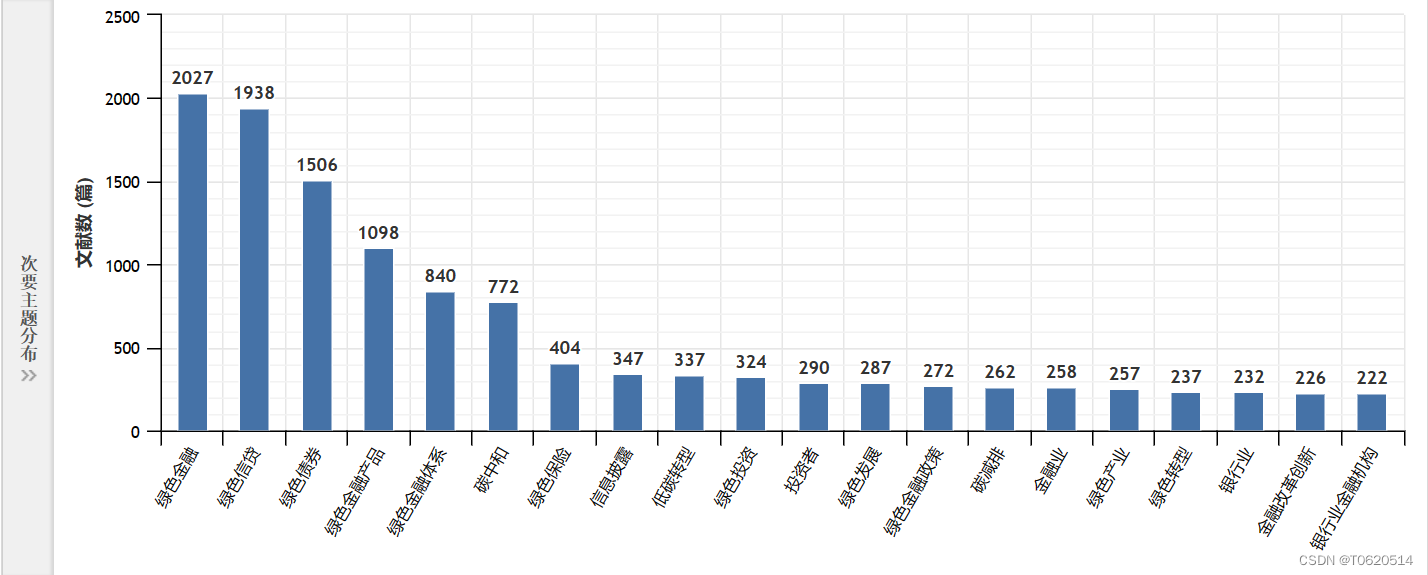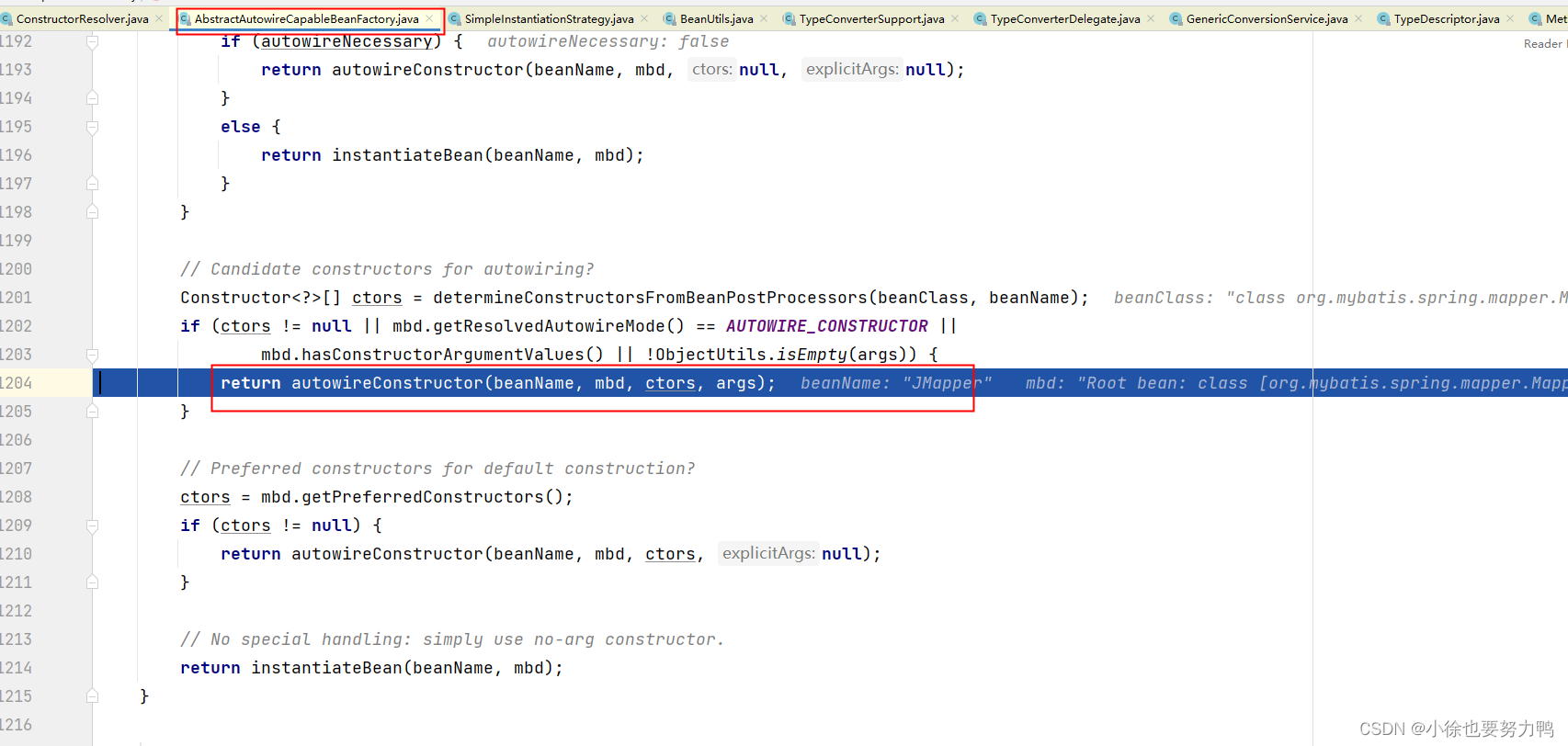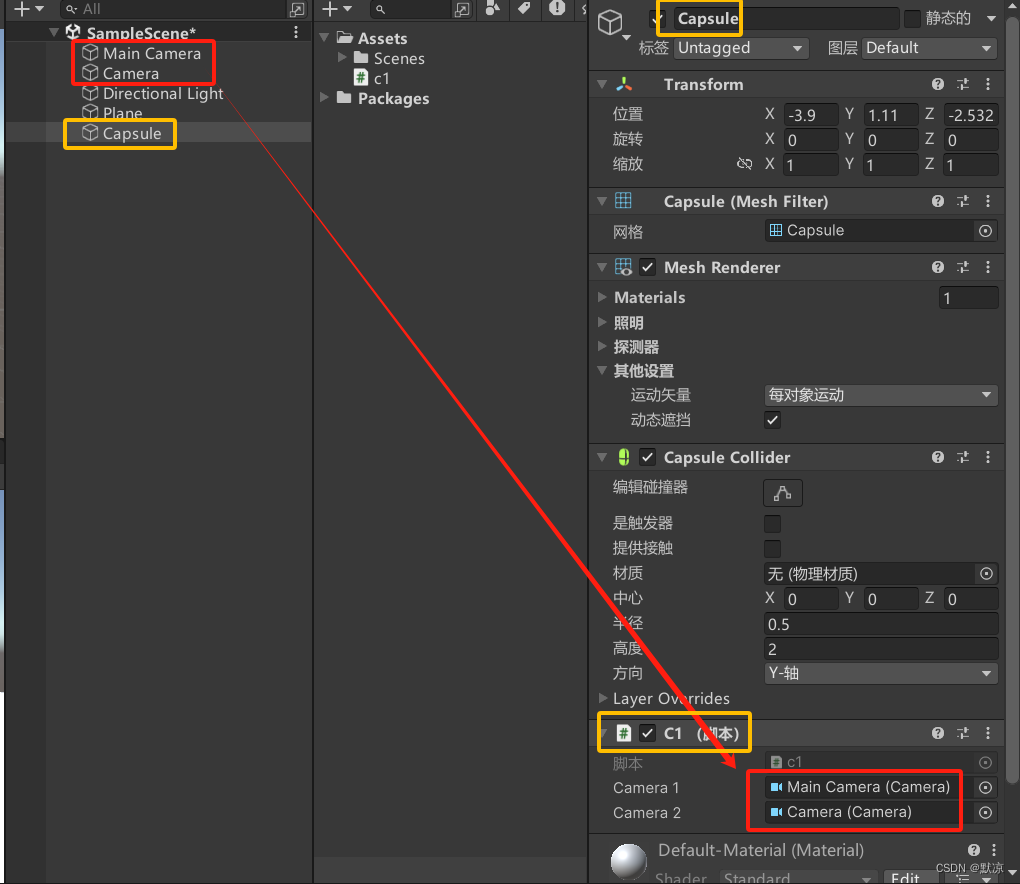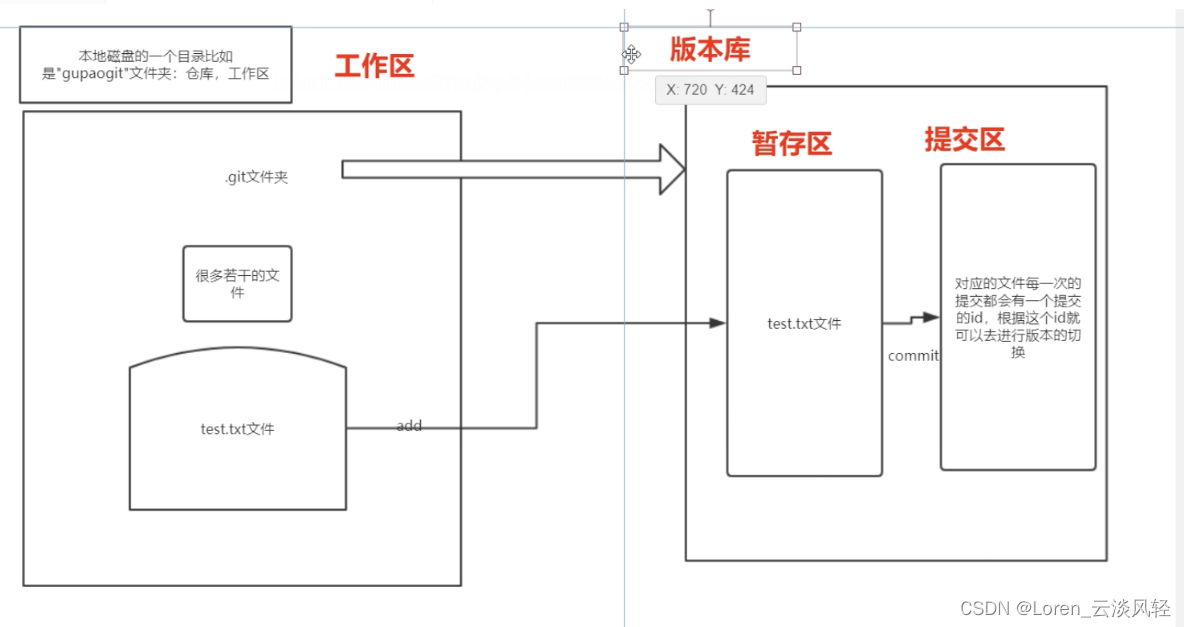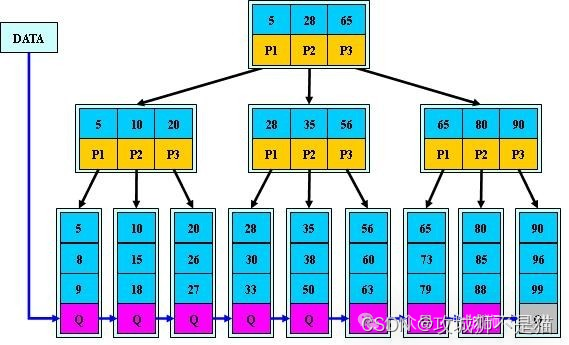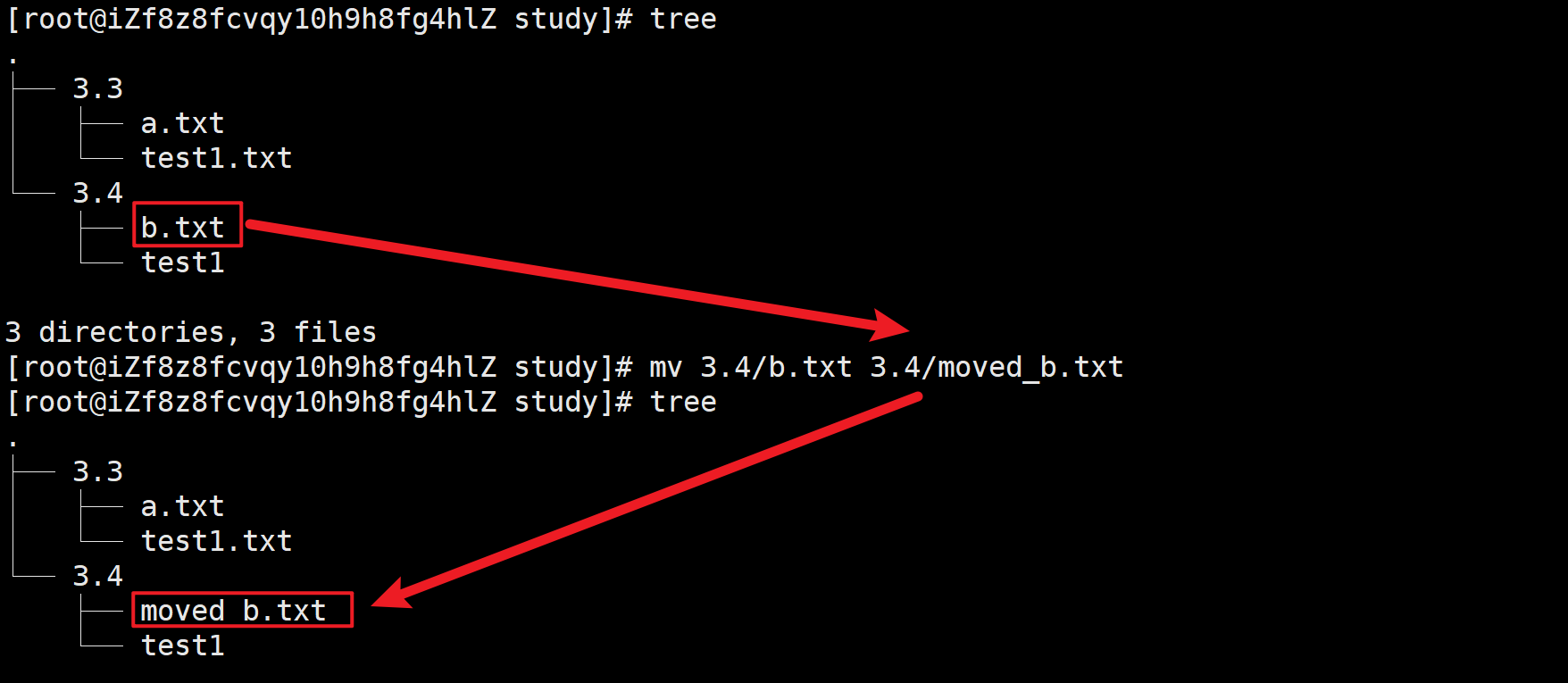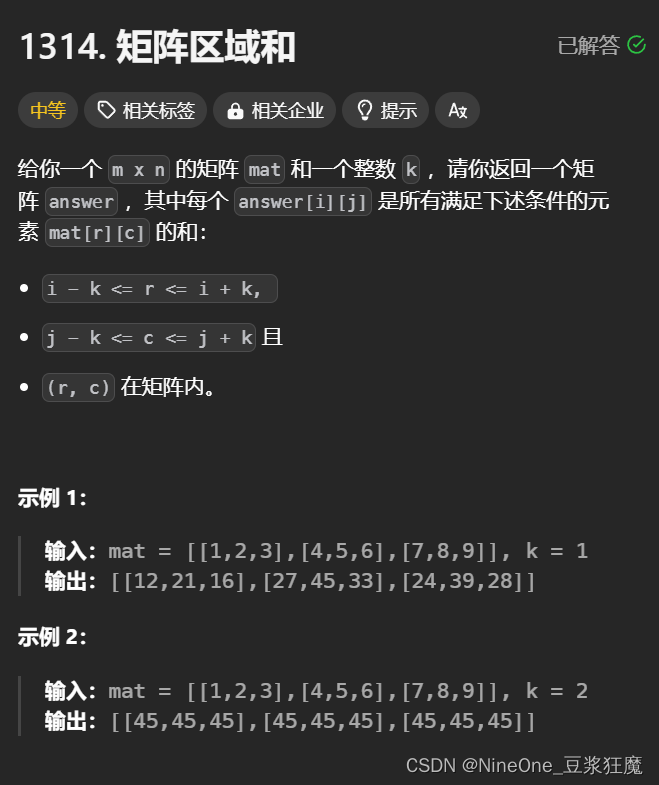1、流式域套接字
1>tcp服务端实现
#include<myhead.h>
int main(int argc, const char *argv[])
{
//1、创建套接字
int sfd = socket(AF_UNIX, SOCK_STREAM, 0);
if(sfd == -1)
{
perror("socket error");
return -1;
}
//2、判断套接字文件是否存在,如果存在则需要删除
if(access("./mysocket", F_OK) == 0)
{
//说明存在,将该文件删除
if(unlink("./mysocket") == -1)
{
perror("unlink error");
return -1;
}
}
//绑定套接字文件
//2.1 填充地址信息结构体
struct sockaddr_un sun;
sun.sun_family = AF_UNIX;
strcpy(sun.sun_path, "./mysocket");
//2.2 绑定
if(bind(sfd, (struct sockaddr*)&sun, sizeof(sun)) == -1)
{
perror("bind error");
return -1;
}
printf("bind success\n");
//3、监听
if(listen(sfd,128) == -1)
{
perror("listen 128");
return -1;
}
printf("listen success\n");
//4、阻塞等待客户端连接需求
//定义容器接受客户端地址信息
struct sockaddr_un cun;
socklen_t socklen = sizeof(cun);
int newfd = -1;
if((newfd = accept(sfd, (struct sockaddr*)&cun, &socklen)) == -1)
{
perror("accept error");
return -1;
}
printf("有新客户发来连接请求\n");
//5、数据收发
char rbuf[128]= "";
while(1)
{
//清空
bzero(rbuf, sizeof(rbuf));
recv(newfd, rbuf, sizeof(rbuf), 0);
printf("[%s]:%s\n",cun.sun_path, rbuf);
//连接一个笑脸回复
strcat(rbuf, "*_*");
//发送回去
send(newfd, rbuf, strlen(rbuf), 0);
printf("发送成功\n");
}
//6、关闭套接字
close(sfd);
close(newfd);
return 0;
}
客户端实现
#include<myhead.h>
int main(int argc, const char *argv[])
{
//1、创建用于通信的套接字文件描述符
int cfd = socket(AF_UNIX, SOCK_STREAM, 0);
if(cfd == -1)
{
perror("socket error");
return -1;
}
printf("cfd = %d\n", cfd); //3
//判断套接字文件是否存在,如果存在则需要删除
if(access("./mysocket1", F_OK) == 0)
{
//说明存在,将该文件删除
if(unlink("./mysocket1") == -1)
{
perror("unlink error");
return -1;
}
}
//2、绑定(非必须)
//2.1 填充地址信息结构体
struct sockaddr_un cun;
cun.sun_family = AF_UNIX;
strcpy(cun.sun_path, "./mysocket1");
//2.2 绑定
if(bind(cfd, (struct sockaddr*)&cun, sizeof(cun)) == -1)
{
perror("bind error");
return -1;
}
printf("bind success\n");
//3、连接服务器
//3.1填充要连接的服务器地址信息结构体
struct sockaddr_un sun;
sun.sun_family = AF_UNIX; //地址族
strcpy(sun.sun_path, "./mysocket"); //套接字文件
//3.2 连接服务器
if(connect(cfd, (struct sockaddr*)&sun, sizeof(sun))==-1)
{
perror("connect error");
return -1;
}
printf("connect success\n");
//4、数据收发
char wbuf[128] = "";
while(1)
{
//清空数据
bzero(wbuf, sizeof(wbuf));
printf("请输入>>>");
fgets(wbuf, sizeof(wbuf), stdin); //从终端输入
wbuf[strlen(wbuf)-1] = 0;
//将数据发送给服务器
send(cfd, wbuf, strlen(wbuf), 0);
printf("发送成功\n");
//判断发送的数据
if(strcmp(wbuf, "quit") == 0)
{
break;
}
//接收服务器发来的消息
//清空数据
bzero(wbuf, sizeof(wbuf));
recv(cfd, wbuf, sizeof(wbuf), 0);
printf("收到消息为:%s\n", wbuf);
}
//5、关闭套接字
close(cfd);
return 0;
}

2>报式域套接字
服务端实现:
#include<myhead.h>
int main(int argc, const char *argv[])
{
//1、创建用于通信的套接字
int sfd = socket(AF_UNIX, SOCK_DGRAM, 0);
if(sfd == -1)
{
perror("socket error");
return -1;
}
printf("sfd = %d\n", sfd); //3
//判断套接字文件是否存在,如果存在则需要删除
if(access("./linux1", F_OK) == 0)
{
//说明存在,将该文件删除
if(unlink("./linux1") == -1)
{
perror("unlink error");
return -1;
}
}
//2、绑定IP地址和端口号
//2.1填充地址信息结构体
struct sockaddr_un sun;
sun.sun_family = AF_UNIX; //地址族
strcpy(sun.sun_path, "./linux1");
//2,2绑定
if(bind(sfd, (struct sockaddr*)&sun, sizeof(sun)) == -1)
{
perror("bind error");
return -1;
}
printf("bind success\n");
//3、收发数据
char rbuf[128] = "";
//定义容器接收对端地址信息结构体
struct sockaddr_un cun;
socklen_t socklen = sizeof(cun);
while(1)
{
//清空数组
bzero(rbuf, sizeof(rbuf));
//接收数据
recvfrom(sfd, rbuf, sizeof(rbuf), 0, (struct sockaddr*)&cun, &socklen);
printf("收到消息为:%s\n", rbuf);
//将消息加个笑脸回过去
strcat(rbuf, "*_*");
if(sendto(sfd, rbuf, strlen(rbuf), 0, (struct sockaddr*)&cun, socklen) == -1)
{
perror("sendto error");
return -1;
}
}
//4、关闭套接字
close(sfd);
return 0;
}
客户端实现:
#include<myhead.h>
int main(int argc, const char *argv[])
{
//1、创建用于通信的套接字
int cfd = socket(AF_UNIX, SOCK_DGRAM, 0);
if(cfd == -1)
{
perror("socket error");
return -1;
}
printf("cfd = %d\n", cfd); //3
//判断套接字文件是否存在,如果存在则需要删除
if(access("./linux2", F_OK) == 0)
{
//说明存在,将该文件删除
if(unlink("./linux2") == -1)
{
perror("unlink error");
return -1;
}
}
//2、绑定IP地址和端口号(如果要接收服务器消息必须绑定)
struct sockaddr_un cun;
cun.sun_family = AF_UNIX;
strcpy(cun.sun_path, "./linux2");
if(bind(cfd, (struct sockaddr*)&cun, sizeof(cun))==-1)
{
perror("bind error");
return -1;
}
//3、收发数据
char wbuf[128] = "";
//定义容器,记录服务器的地址信息结构体
struct sockaddr_un sun;
sun.sun_family = AF_UNIX;
strcpy(sun.sun_path,"./linux1");
while(1)
{
//清空数组
bzero(wbuf, sizeof(wbuf));
//从终端获取数据
printf("请输入>>>");
fgets(wbuf, sizeof(wbuf), stdin);
wbuf[strlen(wbuf)-1] = 0;
//将数据发送给服务器
sendto(cfd, wbuf, sizeof(wbuf), 0, (struct sockaddr*)&sun, sizeof(sun));
printf("发送成功\n");
//接收服务器回复的消息
bzero(wbuf, sizeof(wbuf));
recvfrom(cfd, wbuf, sizeof(wbuf), 0, NULL, NULL);
printf("收到消息为:%s\n", wbuf);
}
//4、关闭套接字
close(cfd);
return 0;
}
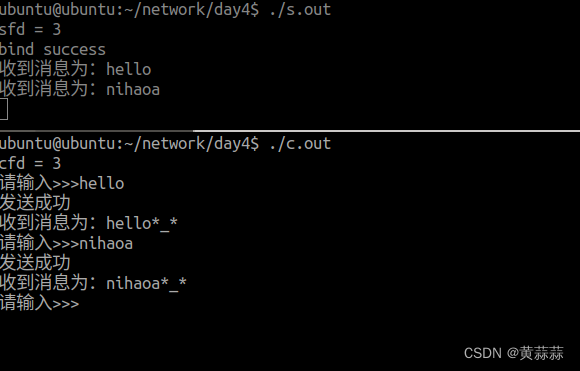
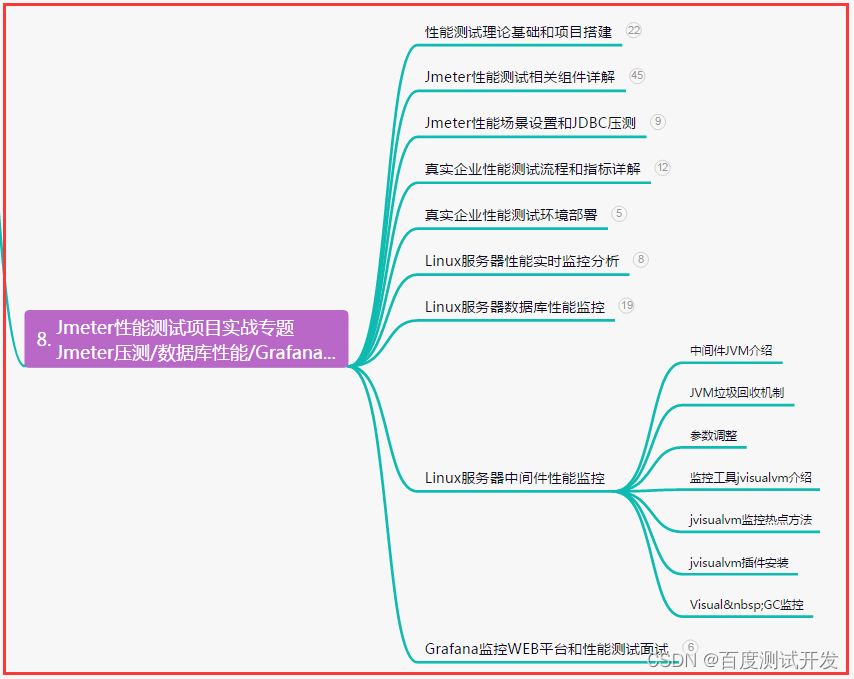

![【洛谷 P8682】[蓝桥杯 2019 省 B] 等差数列 题解(数学+排序+差分)](https://img-blog.csdnimg.cn/direct/1e7d14a3279041388777583541e4c7fe.png)


